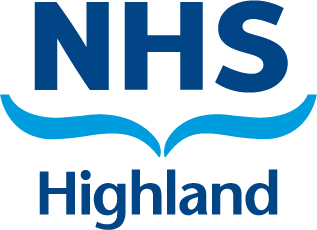All patients with a TIA WITH FULL RECOVERY:
- For patients within 24 hours of onset of TIA or minor ischaemic stroke and with a low risk of bleeding, the following dual antiplatelet therapy should be given:
- Clopidogrel (initial dose 300 mg followed by 75 mg per day
- PLUS aspirin (initial dose 300 mg followed by 75 mg per day for 21 days
- followed by clopidogrel 75 mg once daily monotherapy as long-term maintenance dose
- Lansoprazole should be considered for concurrent use with dual antiplatelet therapy to reduce the risk of gastrointestinal haemorrhage see TAM (link)
- Aspirin 300mg is typically used in TIA patients with high bleeding risk and in ocular TIA.
- Ticagrelor is an alternative option. This is specialist initiation or recommendation only. Please contact the stroke team as soon as possible if intolerant of other antiplatelets.
Stroke:
- All patients with a confirmed stroke should be referred to the stroke service
- A stroke consultant will review the patient to decide if they are classed as a minor or moderate/severe ischaemic stroke. These patients require brain imaging prior to commencing secondary prevention.
- Once haemorrhage is excluded:
- Minor ischaemic stroke patients (NHISS score 3 or less) receive the same DAPT regimen as above including clopidogrel loading dose
- Moderate/severe ischaemic stroke patients (i.e. a disabling stroke)receive aspirin 300mg once daily for 14 days, and thereafter they will usually be converted to clopidogrel 75mg daily
- If already on clopidogrel, eg for coronary artery stent, seek stroke specialist advice before switching to aspirin
- If already on warfarin or other oral anticoagulant, see anticoagulant advice below
- If thrombolysed, initiate aspirin 300mg 24 hours after thrombolysis and repeat CT scan.
|
Prescribing information |
|

